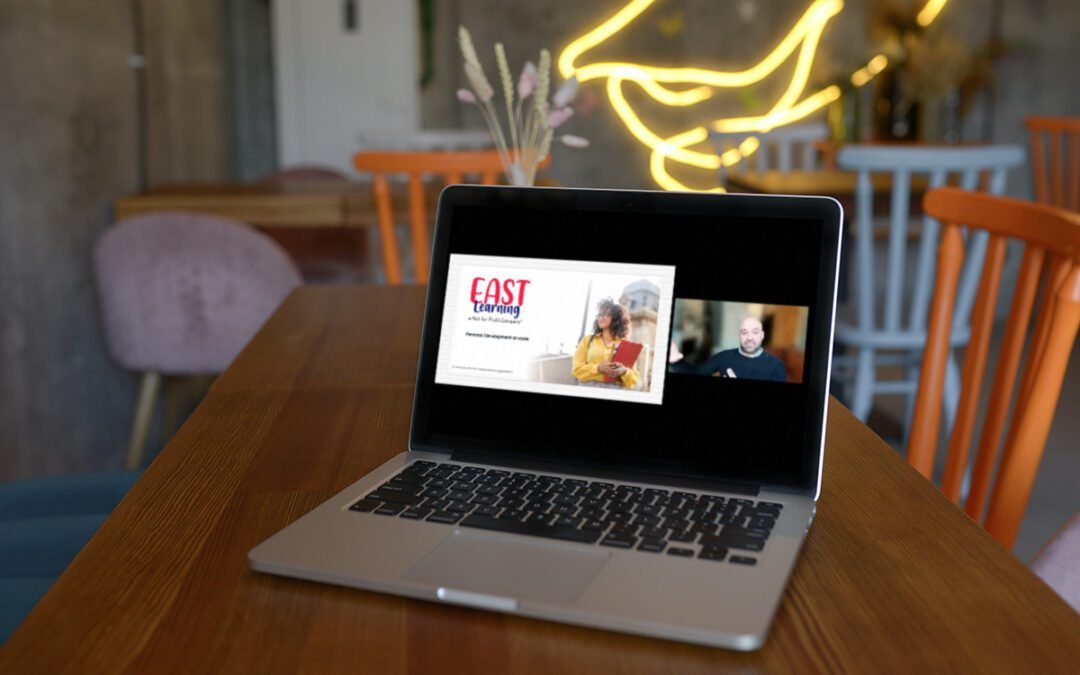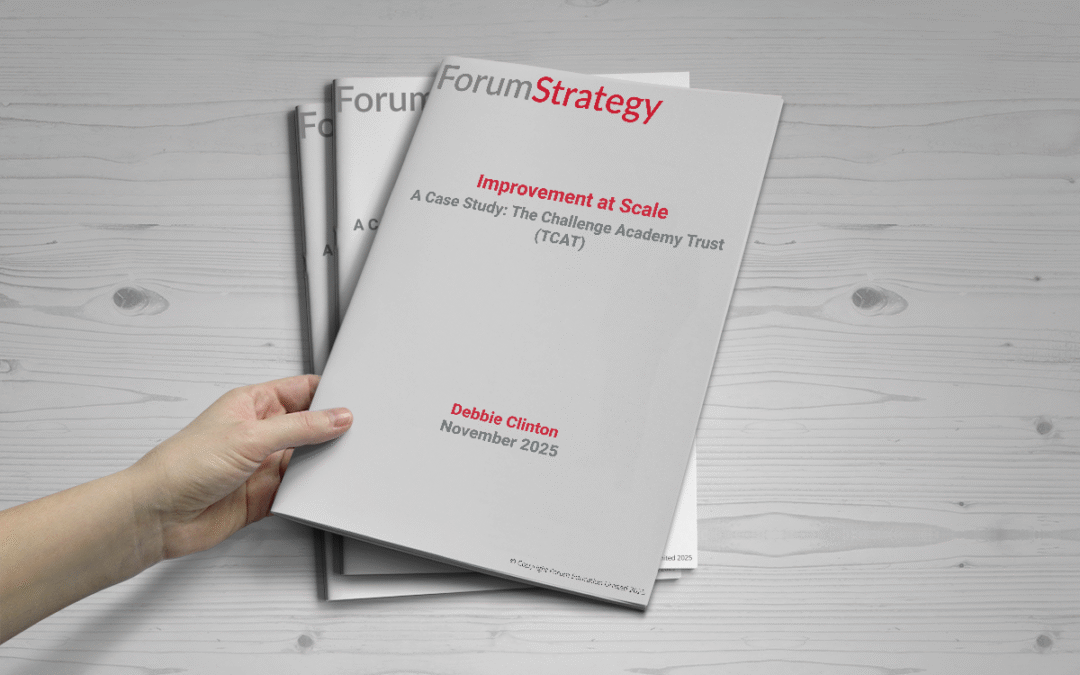Another new term will see many people stepping up to the CEO role. Recent research has highlighted how many new CEOs considered themselves to be prepared for the role, only then for more than half of those surveyed to go back on that view six months into the job! Indeed, research shows that many new CEOs feel notably overwhelmed and lack enjoyment in their work after six months. So, how can CEOs approach the job in a sustainable way that keeps them energised and allows them and their organisation to thrive for the long term? Here are ten top tips!
- Gather contextual wisdom. Spend the first few months listening and learning. This is hard – you will feel you should provide answers, not more questions! After all, aren’t you the CEO? Resist. Protect ample time for talking to individual staff at all levels, key stakeholders, and individual members of your board about their views and perspectives on the organisation. Most of all – talk to your customers and end users. Wisdom sits in the crowd, not the CEO’s chair. However, you will also need to…
- Tell some stories. Find a way of telling your staff and stakeholders a little bit about what makes you tick – your values and your ‘why’. You can begin to shape your leadership narrative around values and the high-level vision (set by the board, of course!) from an early stage. Make a speech or write a blog about why you applied for the post and what excites you about it. Explain how you intend to approach year one whilst providing an opportunity for others to share their ideas and reflections. Be interactive.
- Get a coach and a mentor. You are now in the thick of it. People will be looking to you for answers and you simply can’t wear your worries and concerns on your sleeve. There will be little space or opportunity to reflect on the challenges and how to overcome the barriers you will undoubtedly face. A coach will help you to identify the right questions and give you the space to reflect. A good mentor will provide sage wisdom and advice. Choose these people carefully – get plenty of recommendations, and, once you’ve selected them, protect your time with them. If the relationship doesn’t work, say thank you and look for someone else! The Being The CEO programme provides both a coach and a mentor.
- Create a feedback loop. You are now operating at a level where your behaviours and actions carry such weight that they will undoubtedly be replicated and go some way to defining the organisational culture – for good or ill. Assume – under the pressure and pace of a new job – that you will exhibit some behaviours that are not helpful or conducive to bringing people along with you. Seek anonymous 360 feedback, facilitated by your Chair, that will enable people to be candid with you. Make sure the 360 includes people at all levels of the organisation and externally too.
- Develop good communication with the board. Meet all board members individually at least once during the first year. Some will be more interested and committed to the organisation than others – invest even more time in these individuals, and, as you develop your five year strategic plan, involve them by asking lots of questions and consulting them as the document emerges. Build trust by working openly and transparently with them from the beginning. Work hard on your CEO reports, they are the lynchpin of good governance/ executive working (find out more in Being The CEO).
- Review the information and data that is presented to you. This will often be a legacy from the previous CEO’s approach. Is it too much, or too little? Is it timely enough? Is it relevant and formative, or is a lot of data shared ‘for information only’? Does the data keep you sufficiently informed and equipped in your external meetings and in making decisions? You may also question the rigour or the objectivity of important data and seek ways of triangulating this – whether through other sources of objective data, strategic external reviews, and/or by introducing new customer surveys or questionnaires. One key question here, that relates to the organisation’s philosophy, is this: does the data make you and the organisation sufficiently accountable to the people that matter – the end user, through pure accountability; or is the overall onus on regulatory data and nationally imposed measures of success? You will want to reflect on that and may wish to discuss it further with the board in order to achieve greater balance.
- Focus on senior team culture. Is your team sufficiently qualified and cohesive to support you as CEO? Do they provide the necessary balance between expert and specialist advice, and alignment with your narrative for the organisation? A CEO’s senior leadership team cannot simply be a collection of divisional leaders, they must – in themselves – also generate a sense of organisational leadership, with each having a stake and ownership in the organisation’s success. Do they share the organisation’s values? Introduce 360s as standard at senior team level.
- Identify your consiglieri(s). There will always be people who, as well as performing their role, will have the strength of character and wider view of the world to provide the CEO with candid and helpful advice. Can you spot them quickly enough? They will think out of the box, question assumptions, and very often anticipate the next big challenge. They will be great at testing the temperature of the organisation and letting you know about it. The good ones are deeply committed to the organisation’s succes and share its values. They are an asset to a new CEO – keep them close and encourage them.
- Look after your health. It is hard to anticipate the demands that the CEO role brings. The level of scrutiny, responsibility and isolation can be overwhelming, especially if there is no respite for a busy CEO. Protect time with family and friends as much as possible (in fact, don’t try – do it!) and schedule time for activities that you know rejuvenate you. If you need to make a business case for yourself, remember this: your good health is beneficial for you and the organisation! You cannot lead well if you are unwell.
- Be clear about what success looks like. After a two or three months, begin to develop a five-year strategic plan in careful consultation with the board, senior executives, and wider staff. Ensure a sense of ownership as it emerges. Identify the stepping stones towards fulfilment of the plan, being as clear and precise as possible about what success look like over the next twelve to eighteen months and beyond. Give people a real sense of how they can progress towards that mountain top.
Michael Pain is the founder of Forum Strategy, author of Being The CEO, and an experienced executive coach to Chief Executives.
Applications are now open for the next cohort of the Being The CEO Programme. Please click the following link to apply: https://forumstrategy.org/beingtheceo/
You can read the template job description for CEOs, based on the Being The CEO framework, at: https://forumstrategy.org/academy-trust-ceo-job-description-template-launched-by-nga-and-forum-strategy/
Copyright (c) Michael Pain 2021, published by Forum Education Limited with permission.


